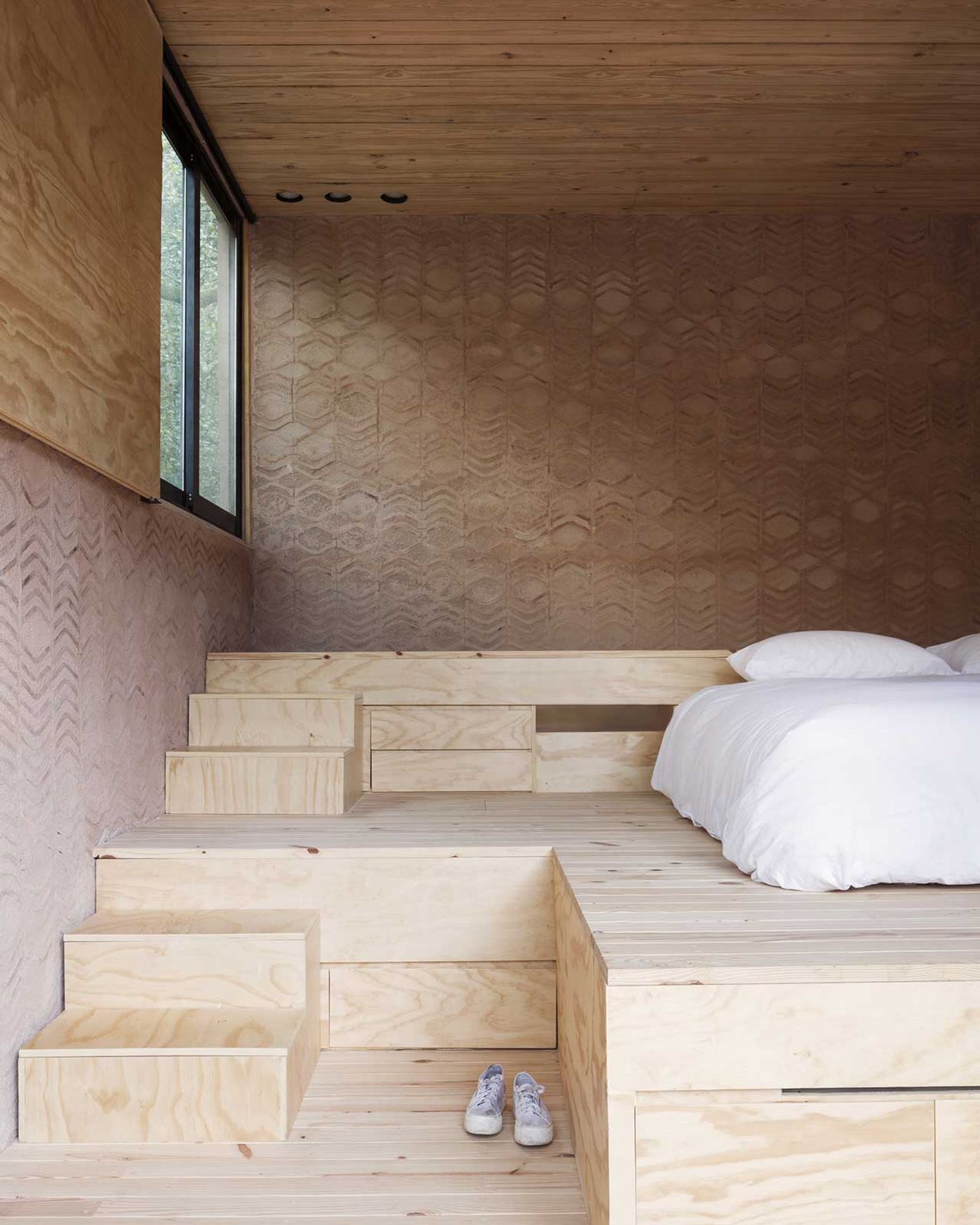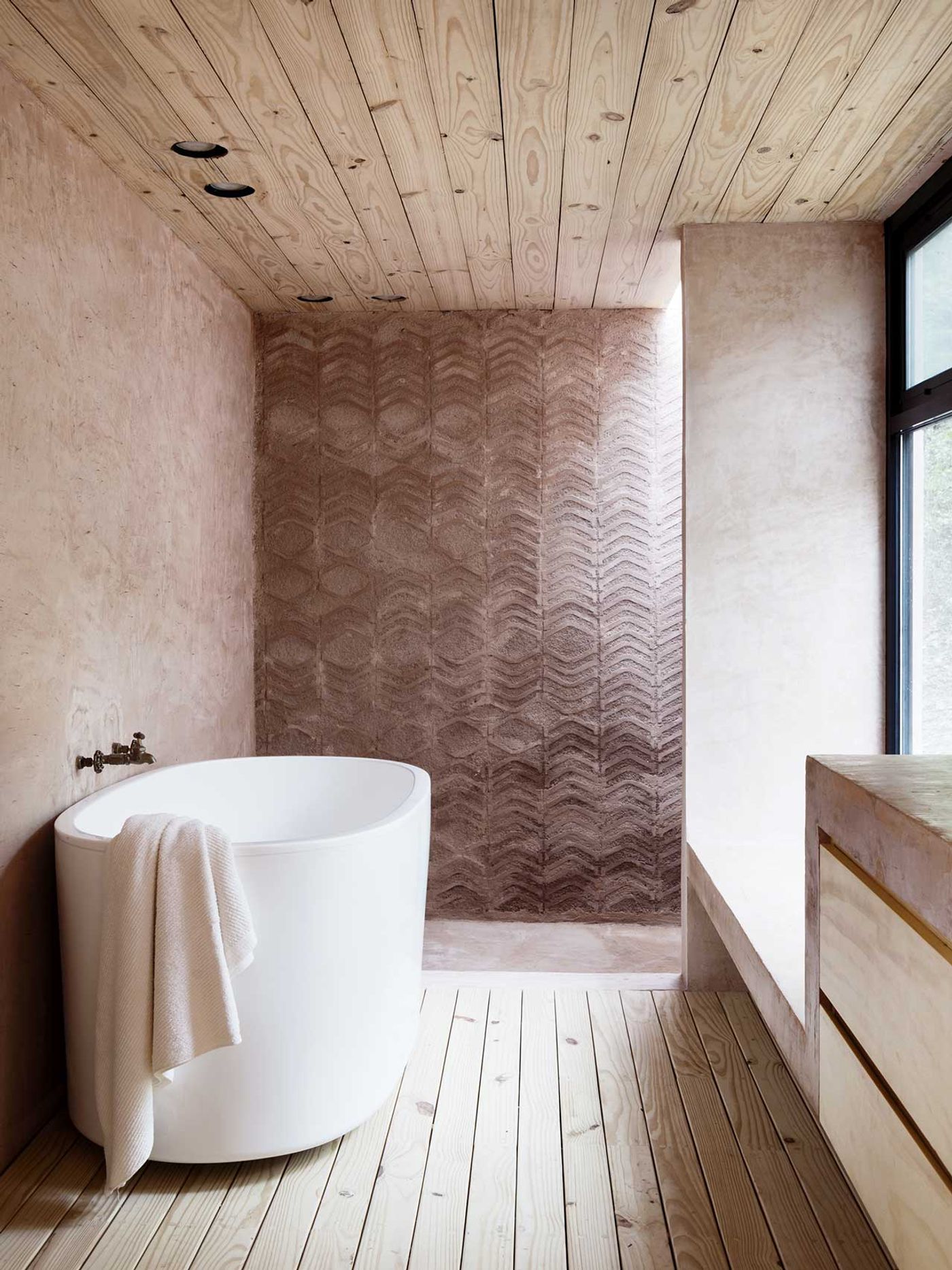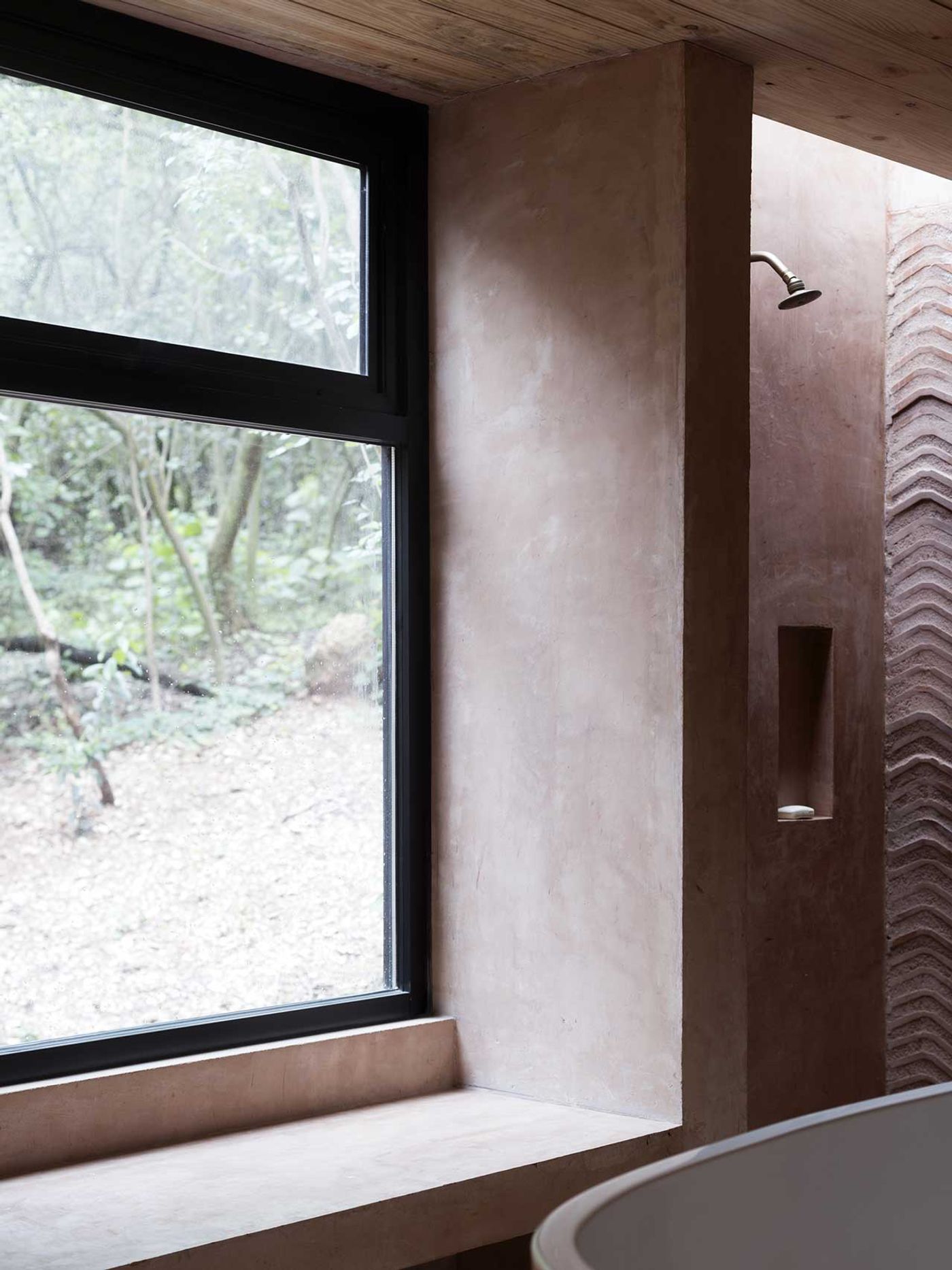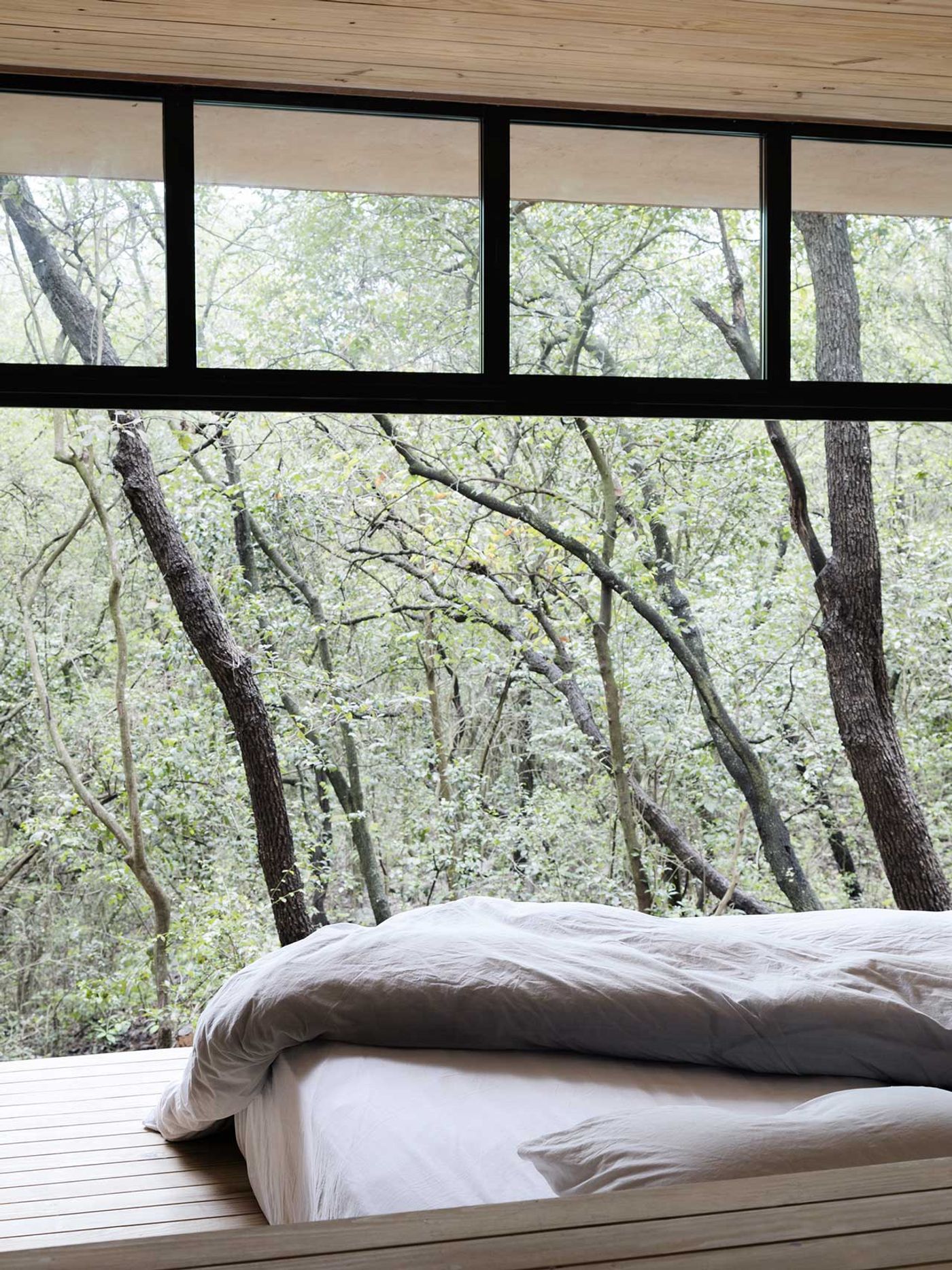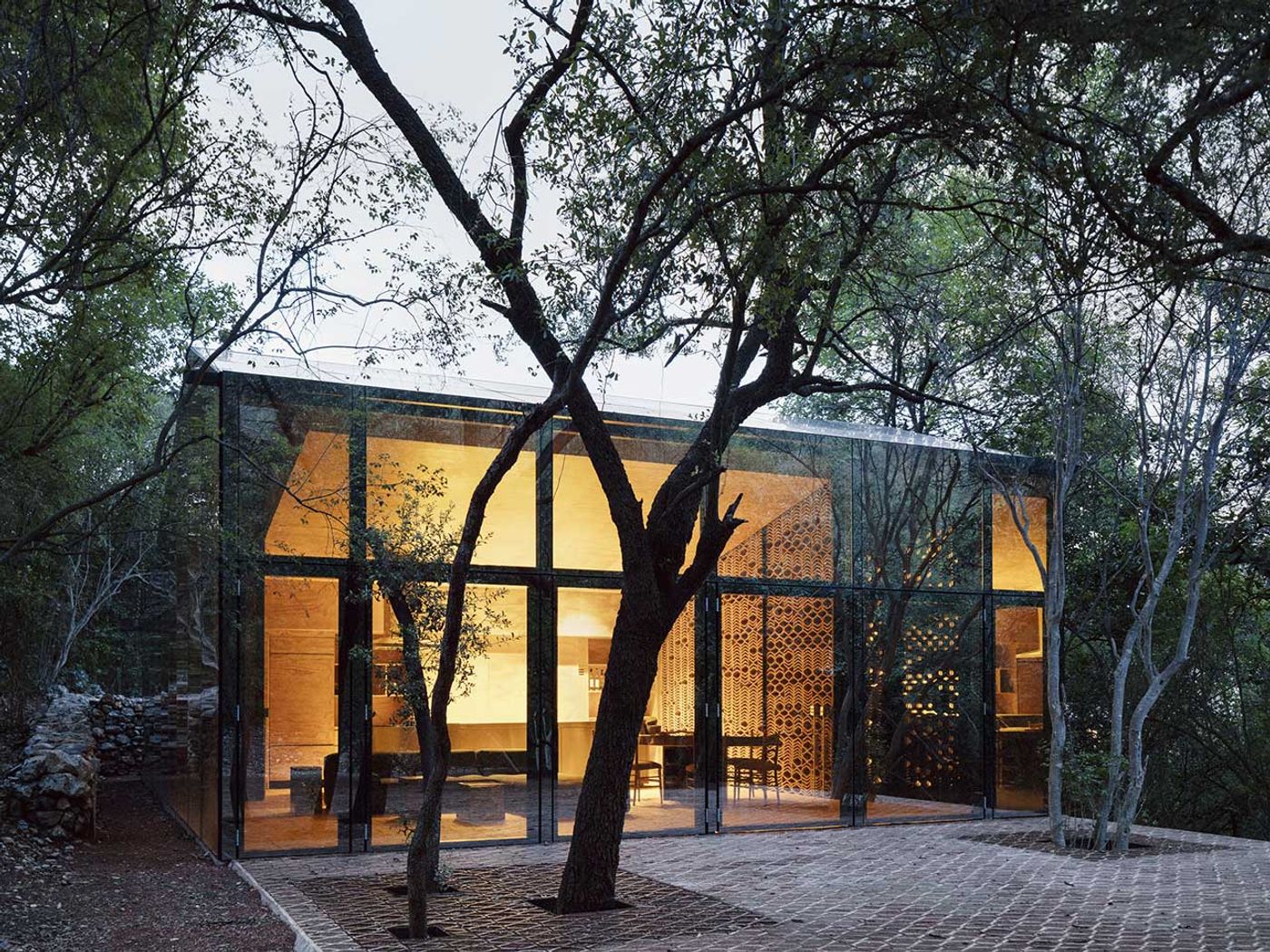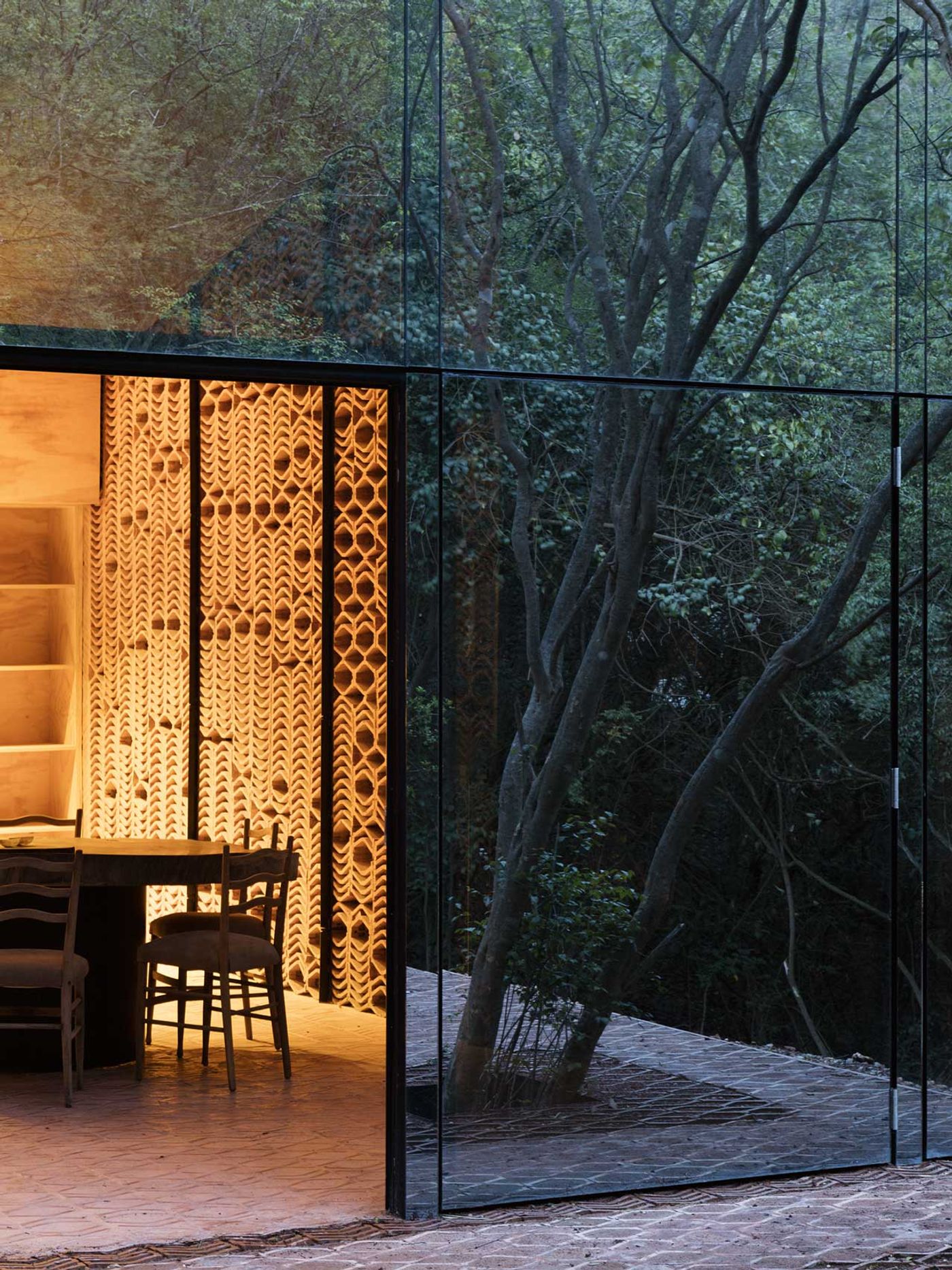
The Art of Camouflage: A Disassembled Vacation House in Monterrey, Mexico
Words by Eric David
Location
Monterrey, Mexico
The Art of Camouflage: A Disassembled Vacation House in Monterrey, Mexico
Words by Eric David
Monterrey, Mexico
Monterrey, Mexico
Location
Discreetly ensconced among its natural surroundings on a forested hillside southwest of Monterrey, Mexico, Los Terrenos is a private holiday retreat that stands out for not standing out. Designed by Mexican architect Tatiana Bilbao of Mexico City-based Tatiana Bilbao Estudio, the residence inconspicuously blends into the verdant scenery through a combination of spatial fragmentation and material ingenuity.
The house consists of three separate rectilinear volumes, each built in a different material—glass, earth or wood—which accommodate different functions. Residing inside a notional square area in the middle of which sits a curvilinear pool, the design of the three buildings is a conceptual deconstruction of what a house is, its programmatic components disassembled and reassembled as separate, distinct entities that nevertheless coalesce into a coherent whole.
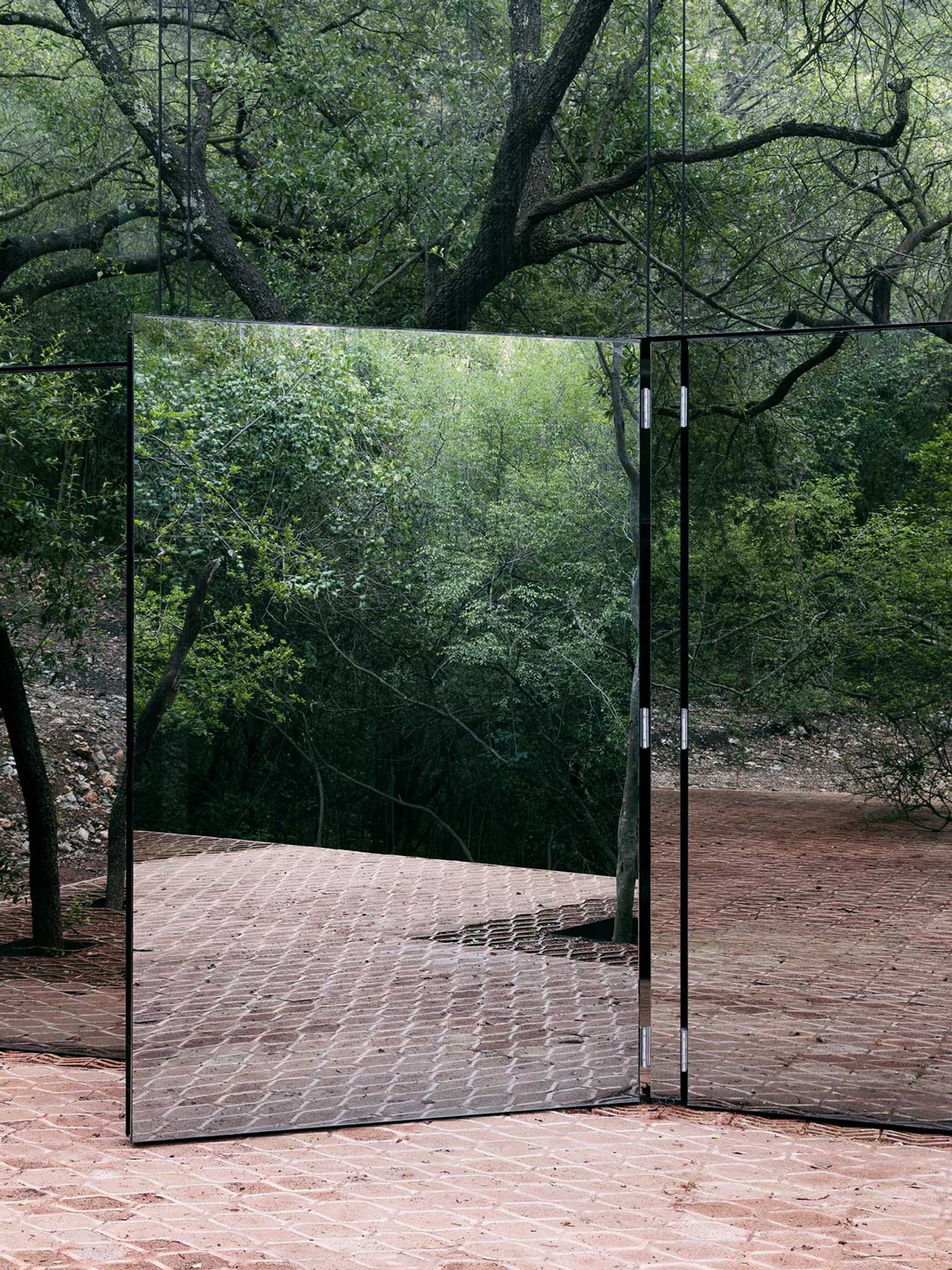
Photo by Rory Gardiner.
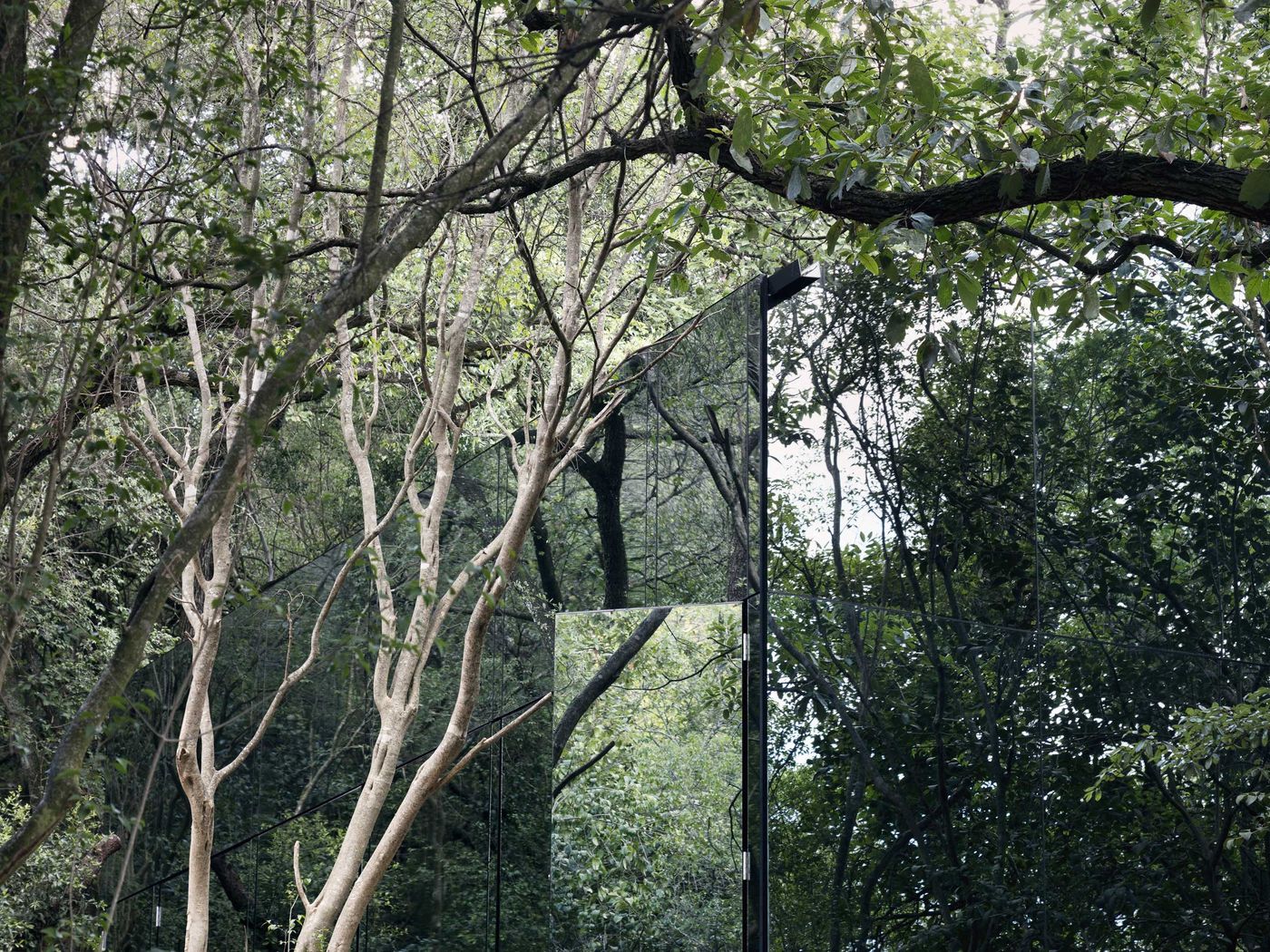
Photo by Rory Gardiner.
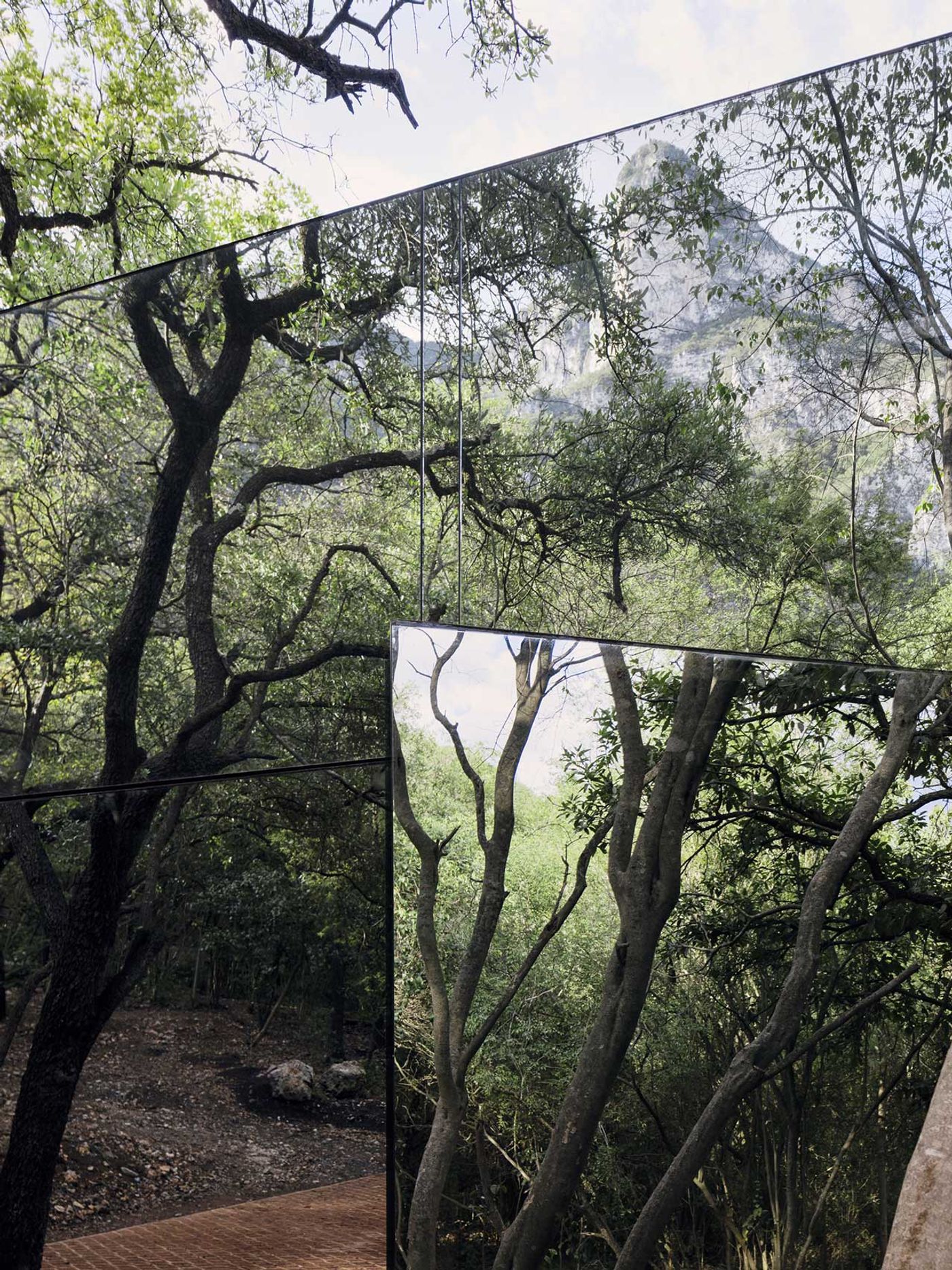
Photo by Rory Gardiner.
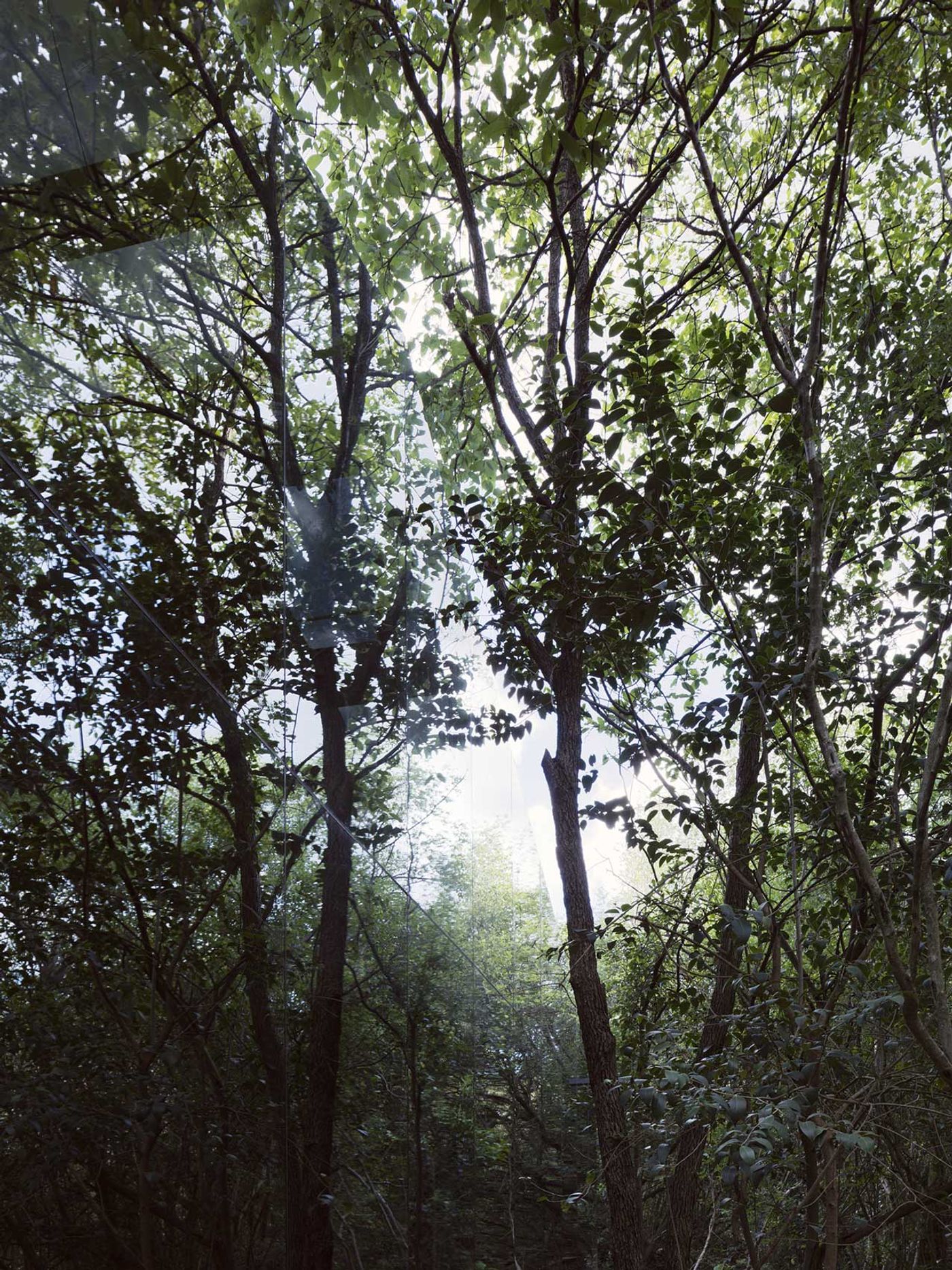
Photo by Rory Gardiner.
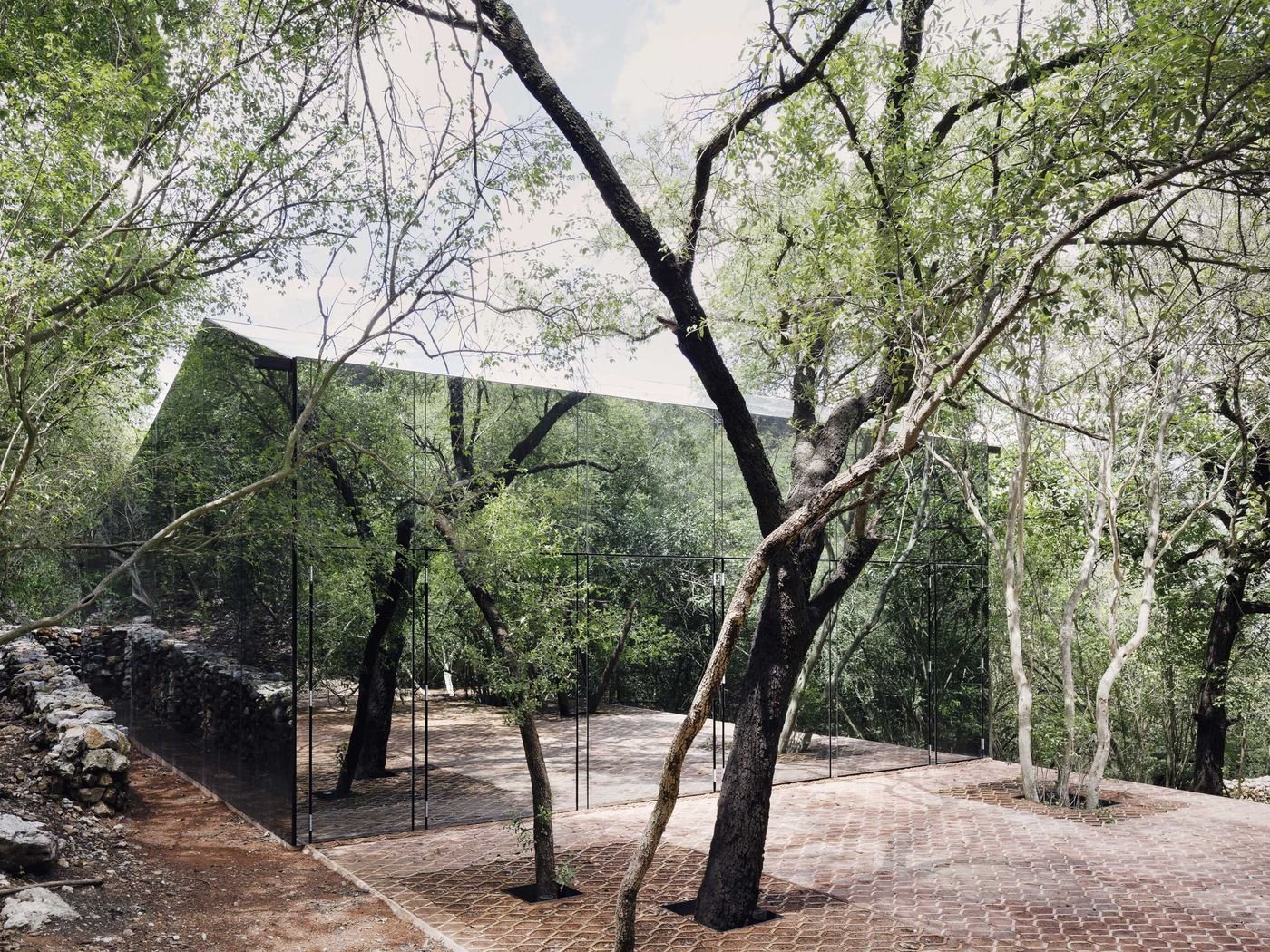
Photo by Rory Gardiner.
Underlying the conceptual underpinnings of the project, the largest of the three buildings, which accommodates the public functions of the residence, takes the archetypal form of a house: think rectangular plan, gable roof. Yet at the same time, this quintessential form is undermined by the extensive use of one-way mirrors that reflect the forest around it making the structure practically invisible. It’s only during the night when the lights are turned on indoors that the building fully materializes.
Inside, the sensation is as peculiar as the open-plan space feels both sheltered and exposed. Minimally furnished with a corner sofa, a dining table in the form of a tree trunk slab and a kitchen island, the room has all the hallmarks of domesticity and yet the immediacy of nature, both visibly through the building’s transparency and tactually though the use of natural materials like wood and clay bricks, upends it in favour of more extroverted and adventurous sensibility that perfectly suits this vacation retreat.
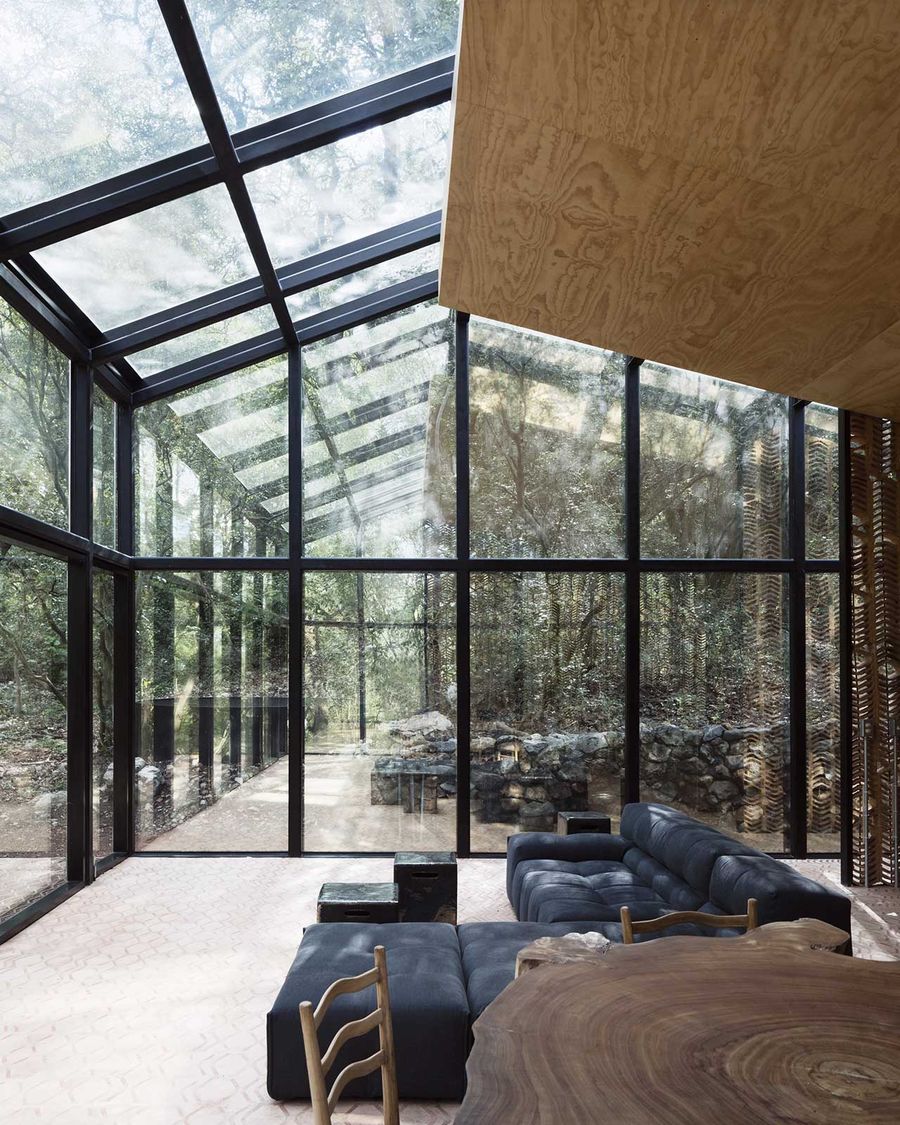
Photo by Rory Gardiner.
The chevron-shaped clay bricks, which in this space are used to create a ceramic lattice screen that filters in the daylight, are an element that can be found throughout the project in different configurations and serving functions, from structural walls and solid floors to permeable paving for exterior terraces and pathways. It is its ubiquity that ties all the different structures together in the most naturalistic way without having to conform to an aesthetic or structural uniformity.
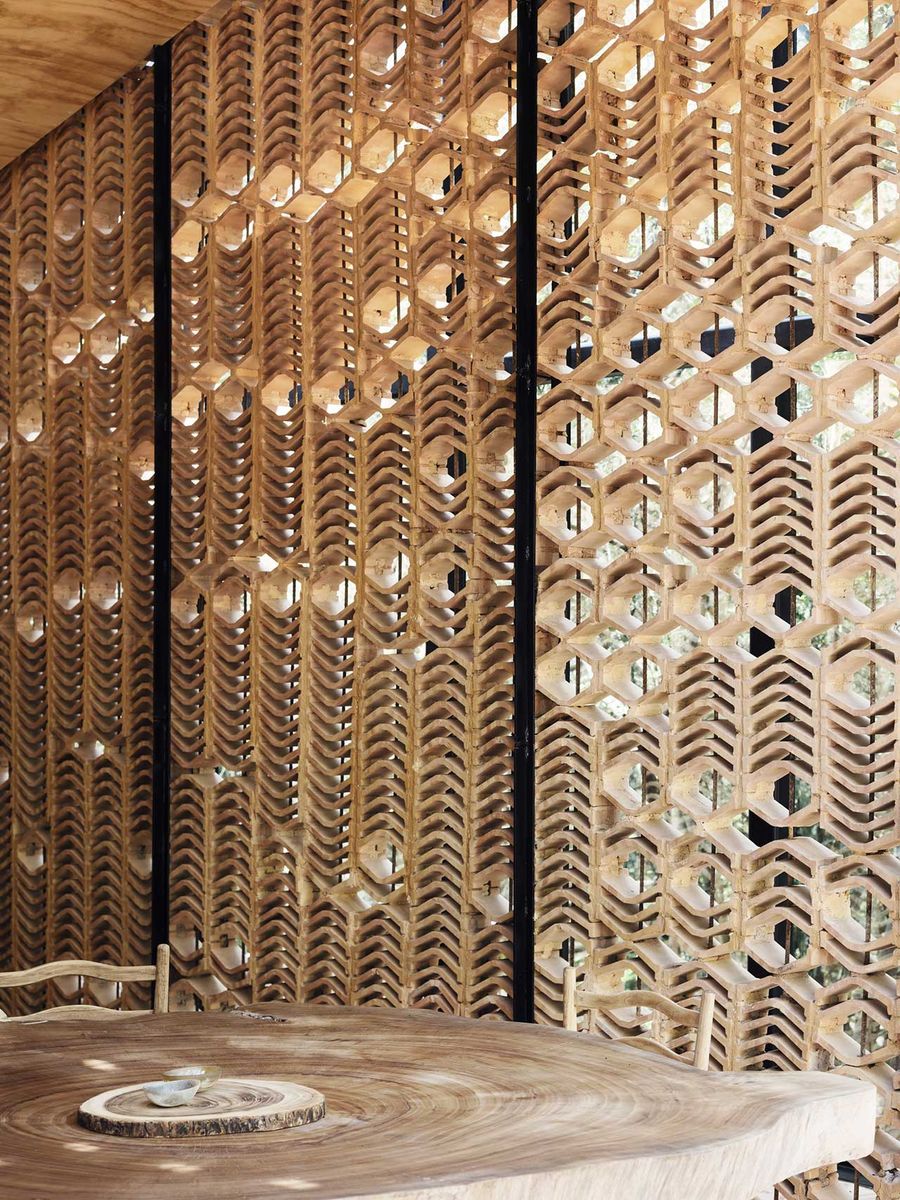
Photo by Rory Gardiner.
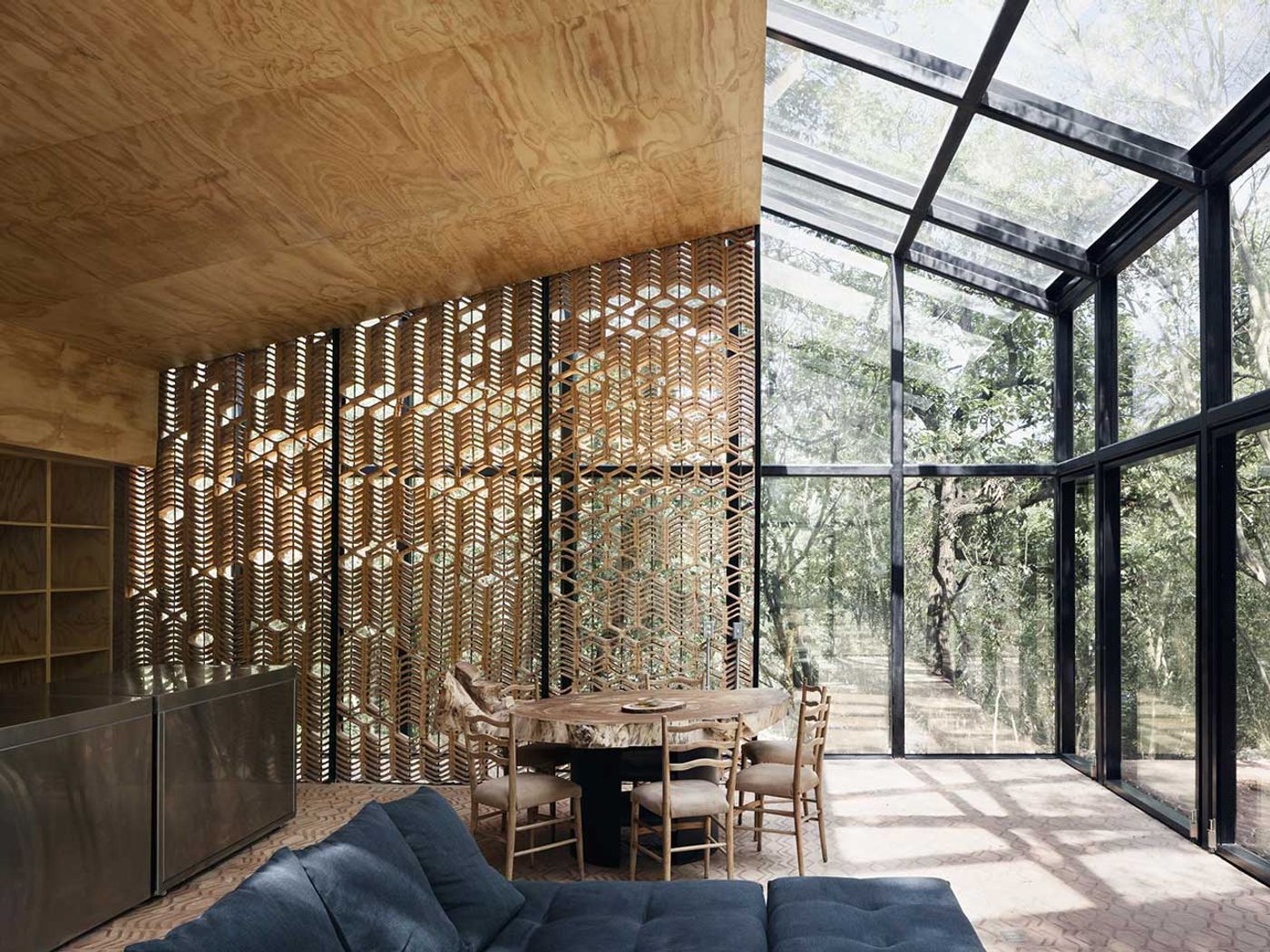
Photo by Rory Gardiner.
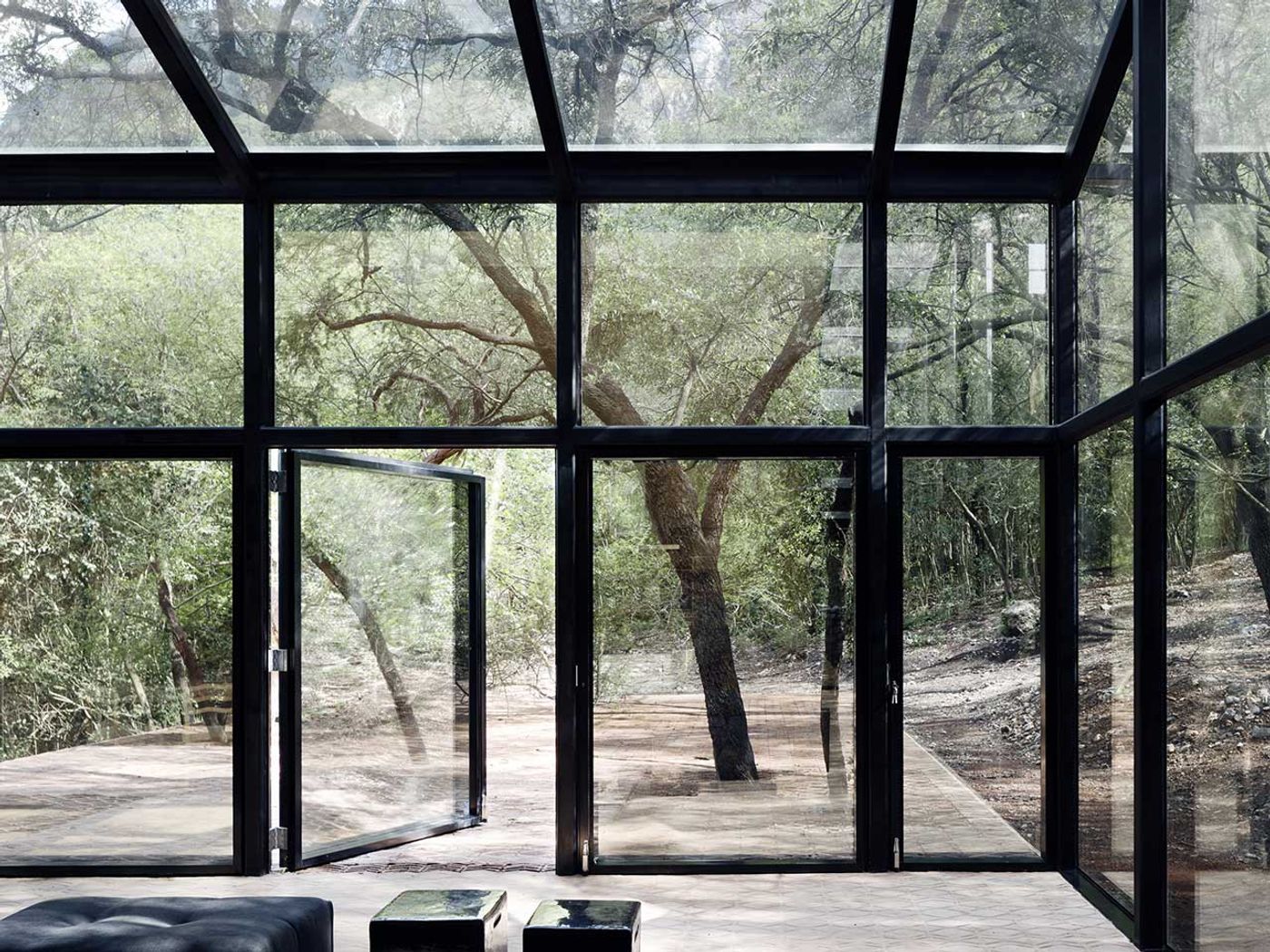
Photo by Rory Gardiner.
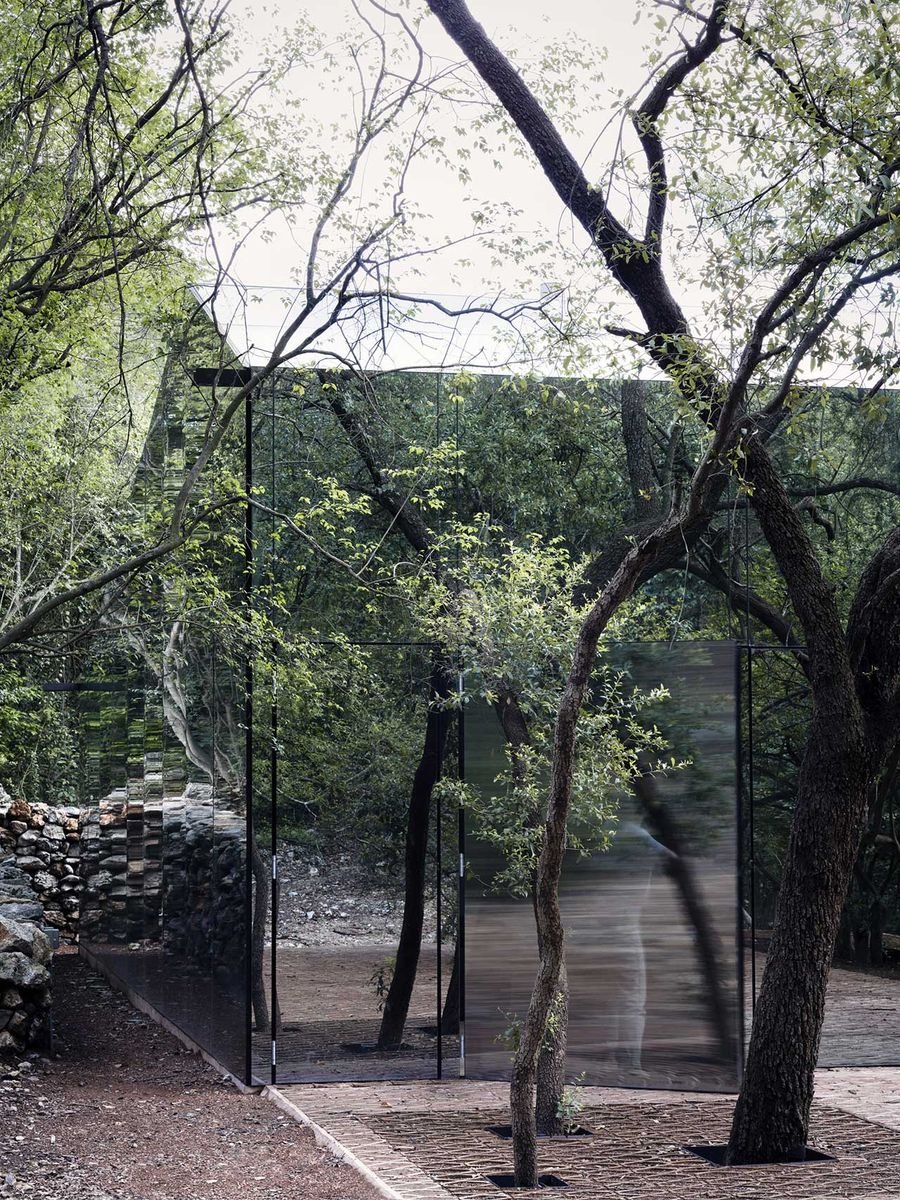
Photo by Rory Gardiner.
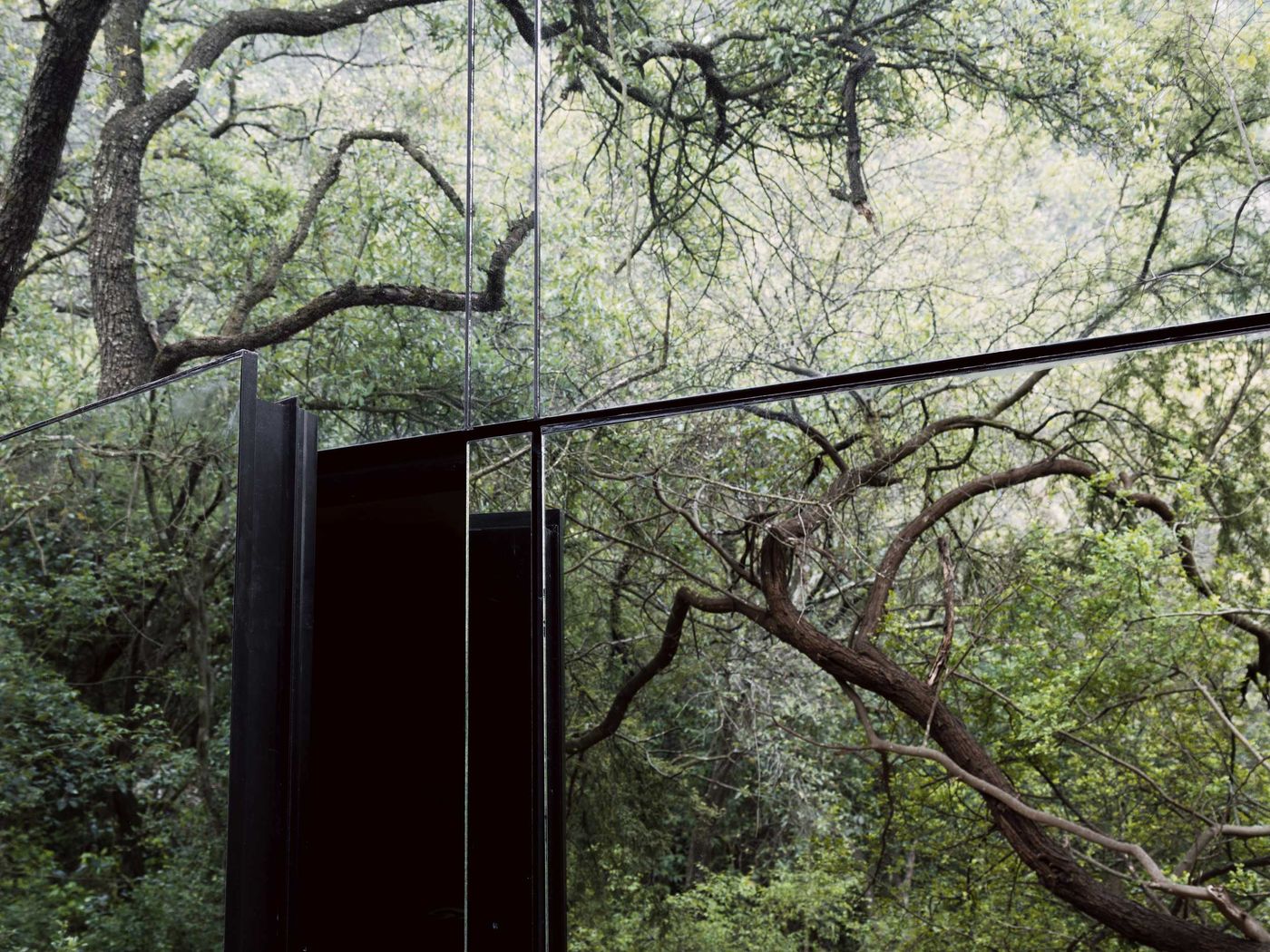
Photo by Rory Gardiner.
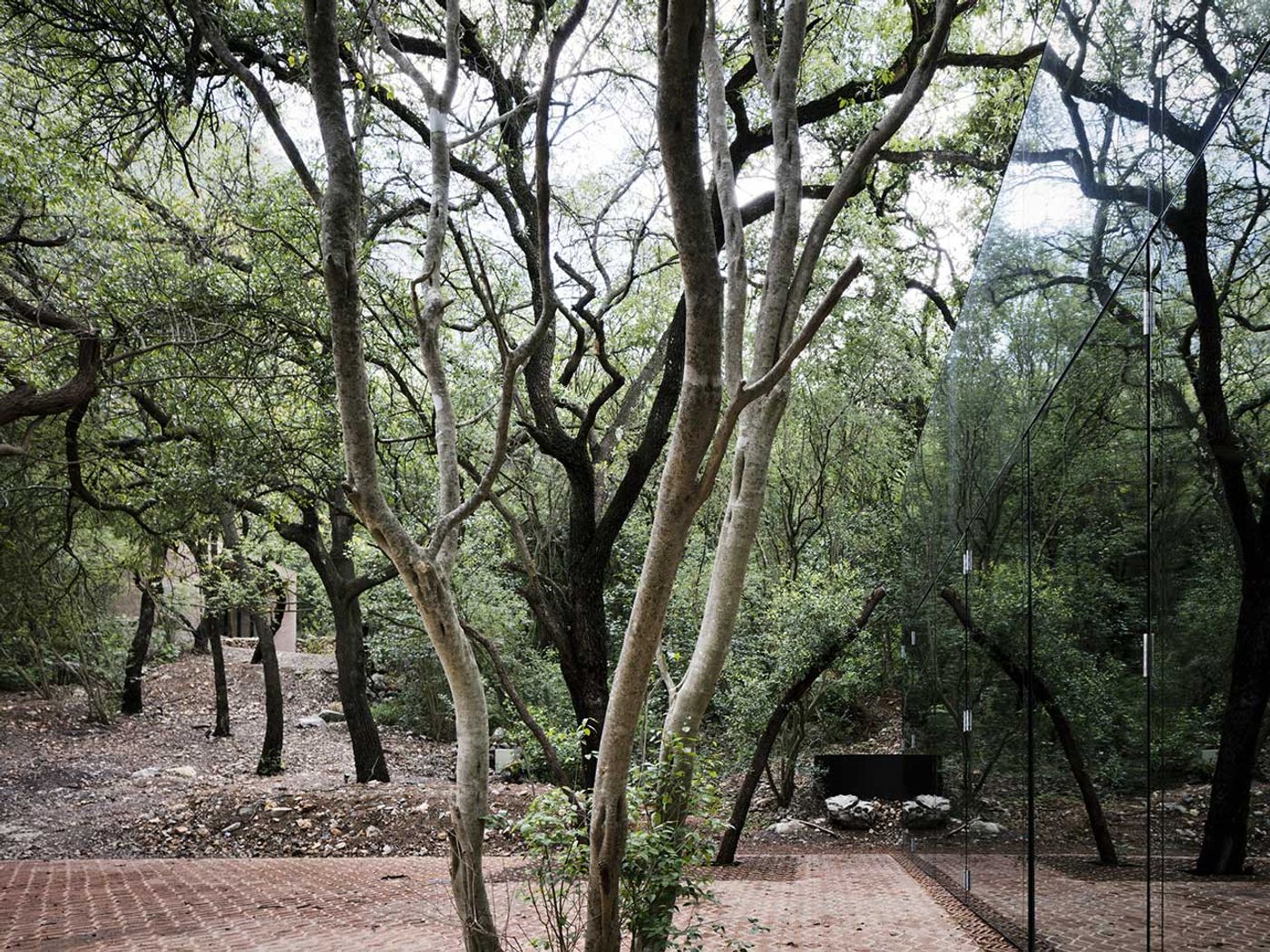
Photo by Rory Gardiner.
A second L-shaped building is formed by two cubic volumes built with rammed earth and the project’s trademark clay bricks allowing them to blend into the hillside. Each oriented in a different direction and housing a bedroom, the two rooms feature a stepped configuration though the use of wooden platforms and a retractable glass facade that allows them to be opened up to the outdoors.
The third building, which has yet to be constructed, will house the master bedroom in a wooden house-shaped hut erected on stilts thus providing its occupants with sweeping views above the treetops. Similarly to the other two structures, this too is designed using a formalistic architectural language of quintessential forms which the architect inconspicuously subverts in response to the natural surroundings and the occupants’ experience.
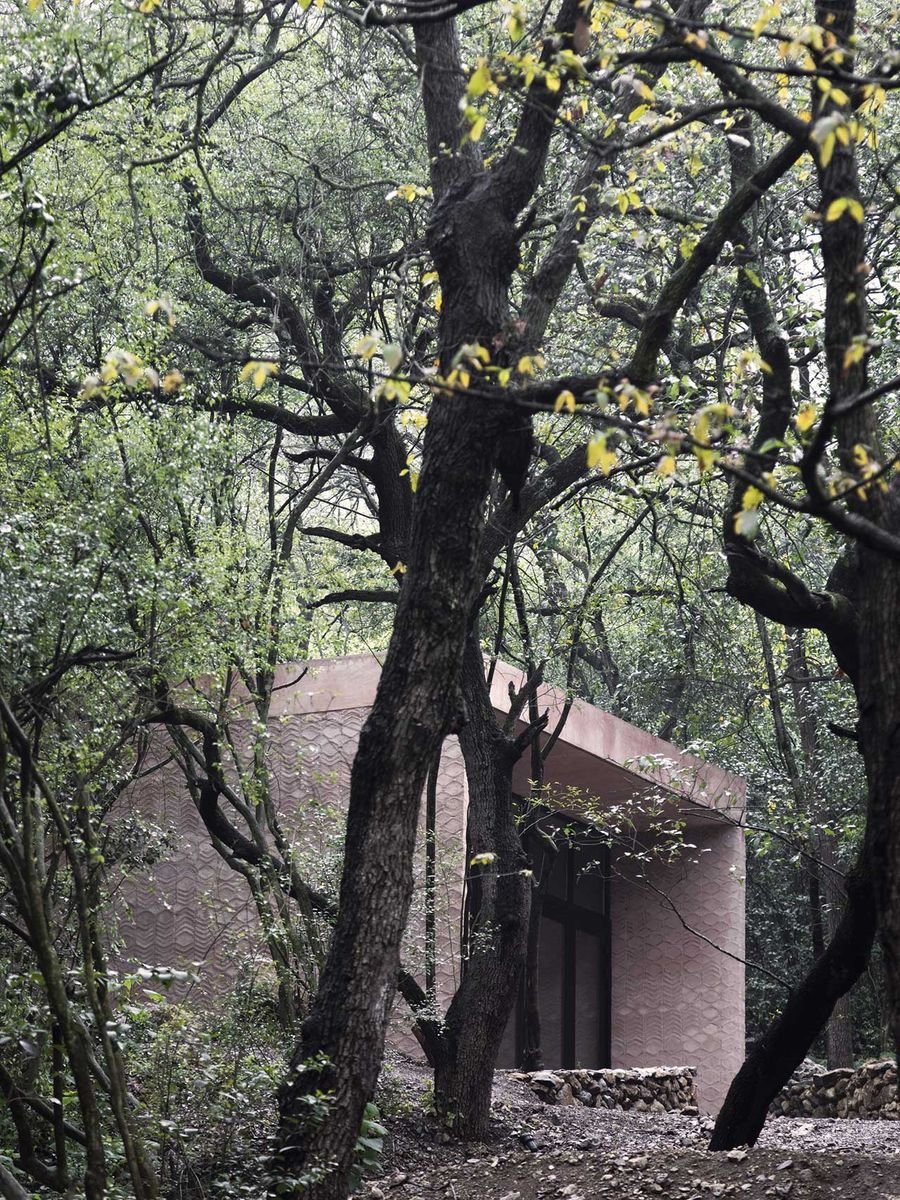
Photo by Rory Gardiner.
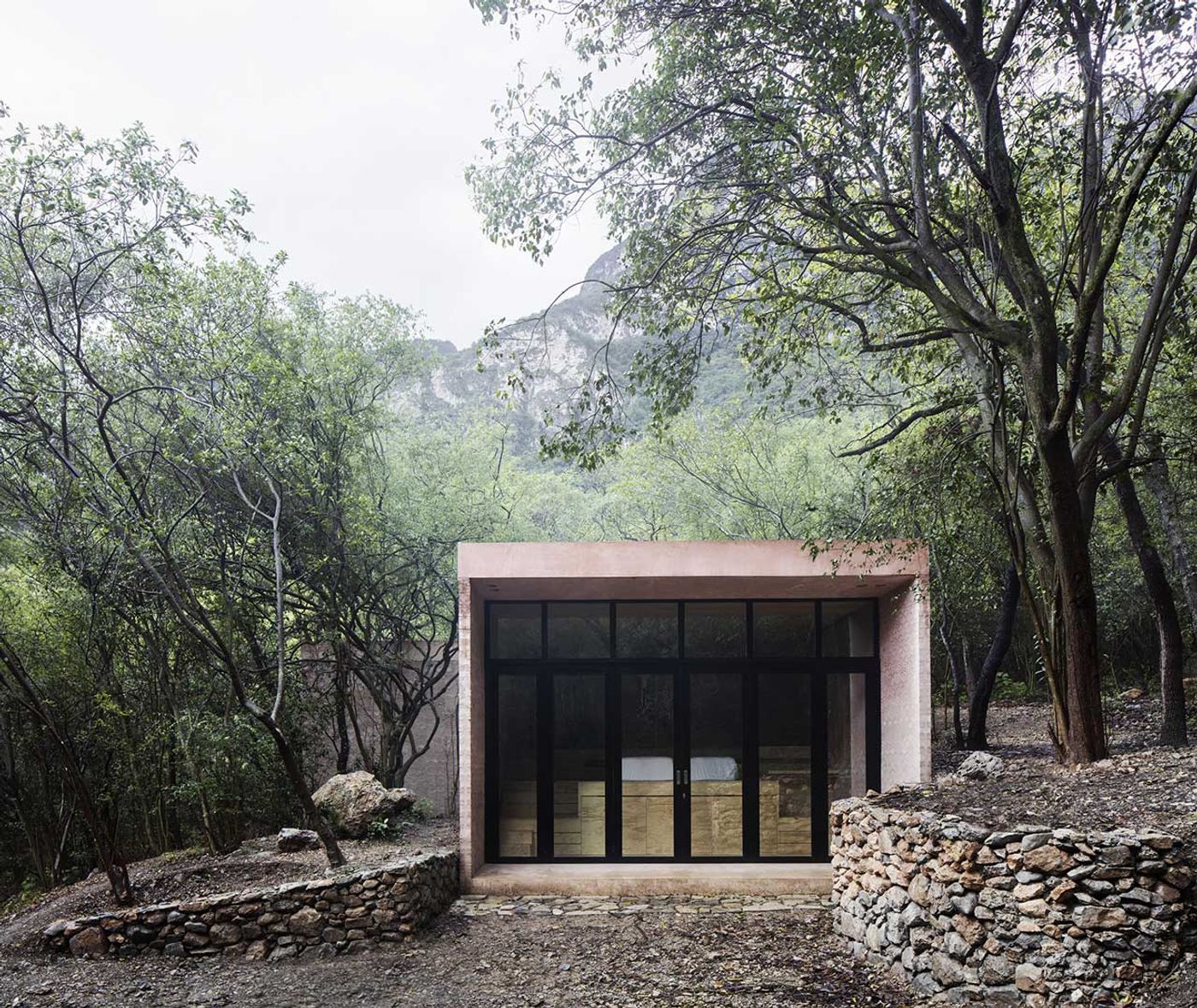
Photo by Rory Gardiner.
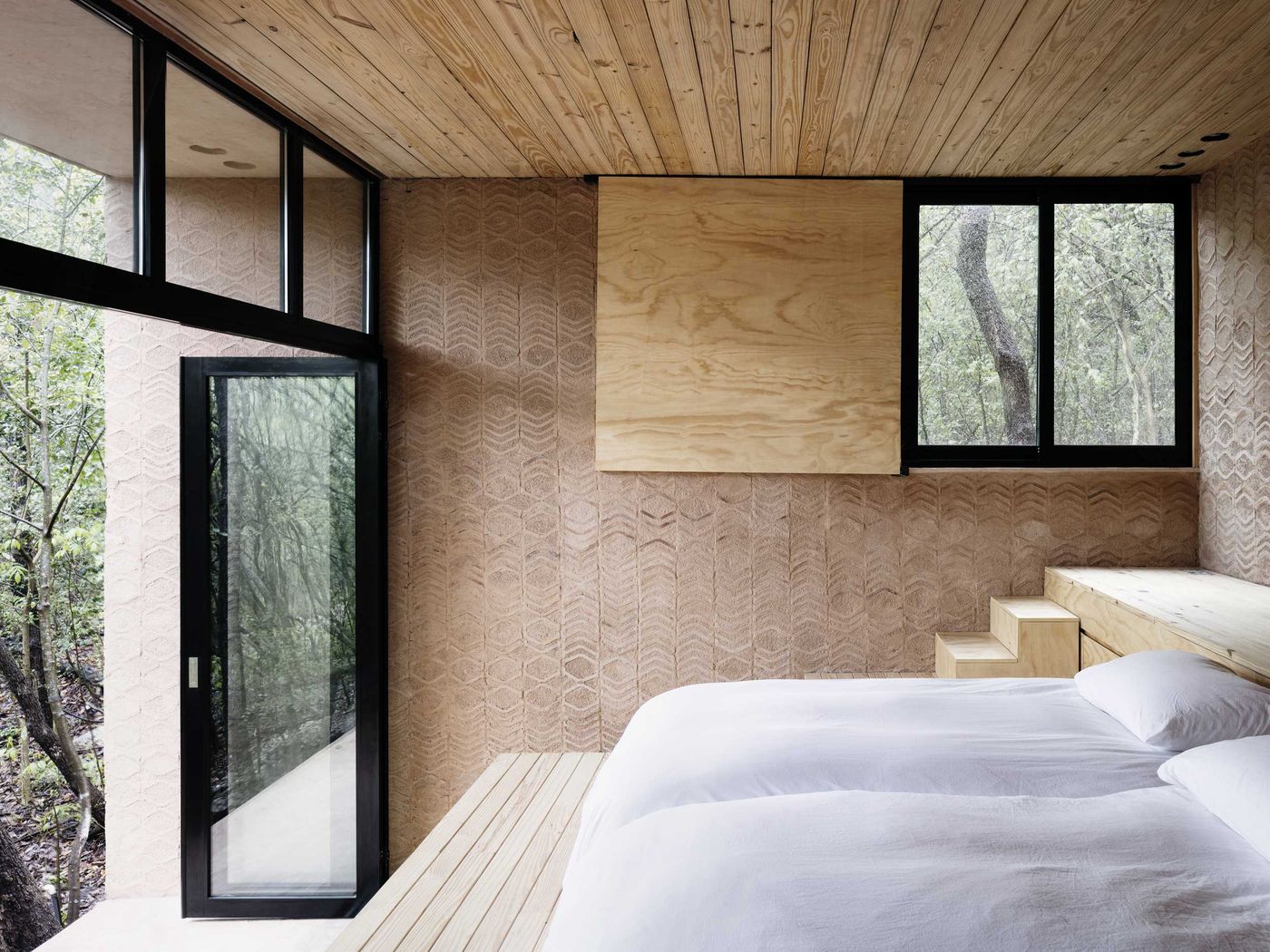
Photo by Rory Gardiner.
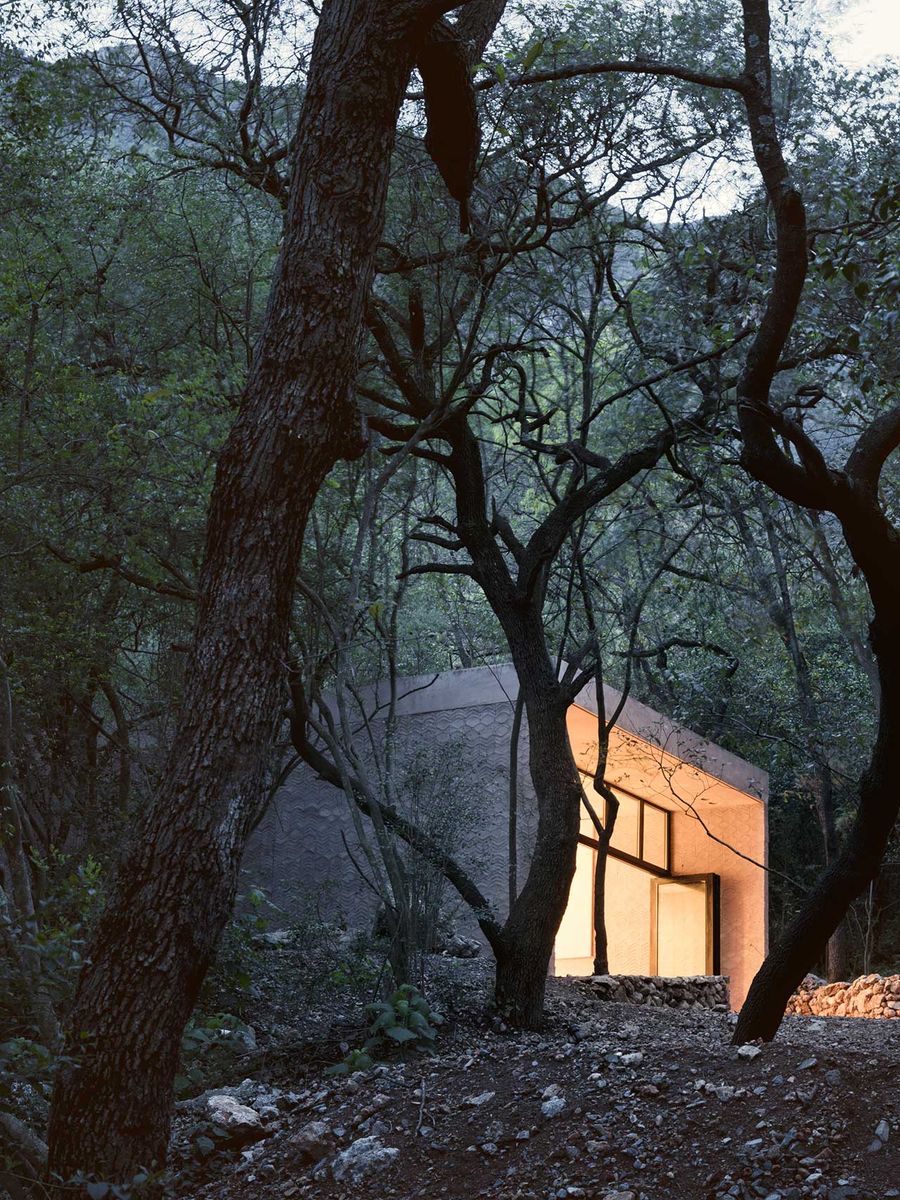
Photo by Rory Gardiner.
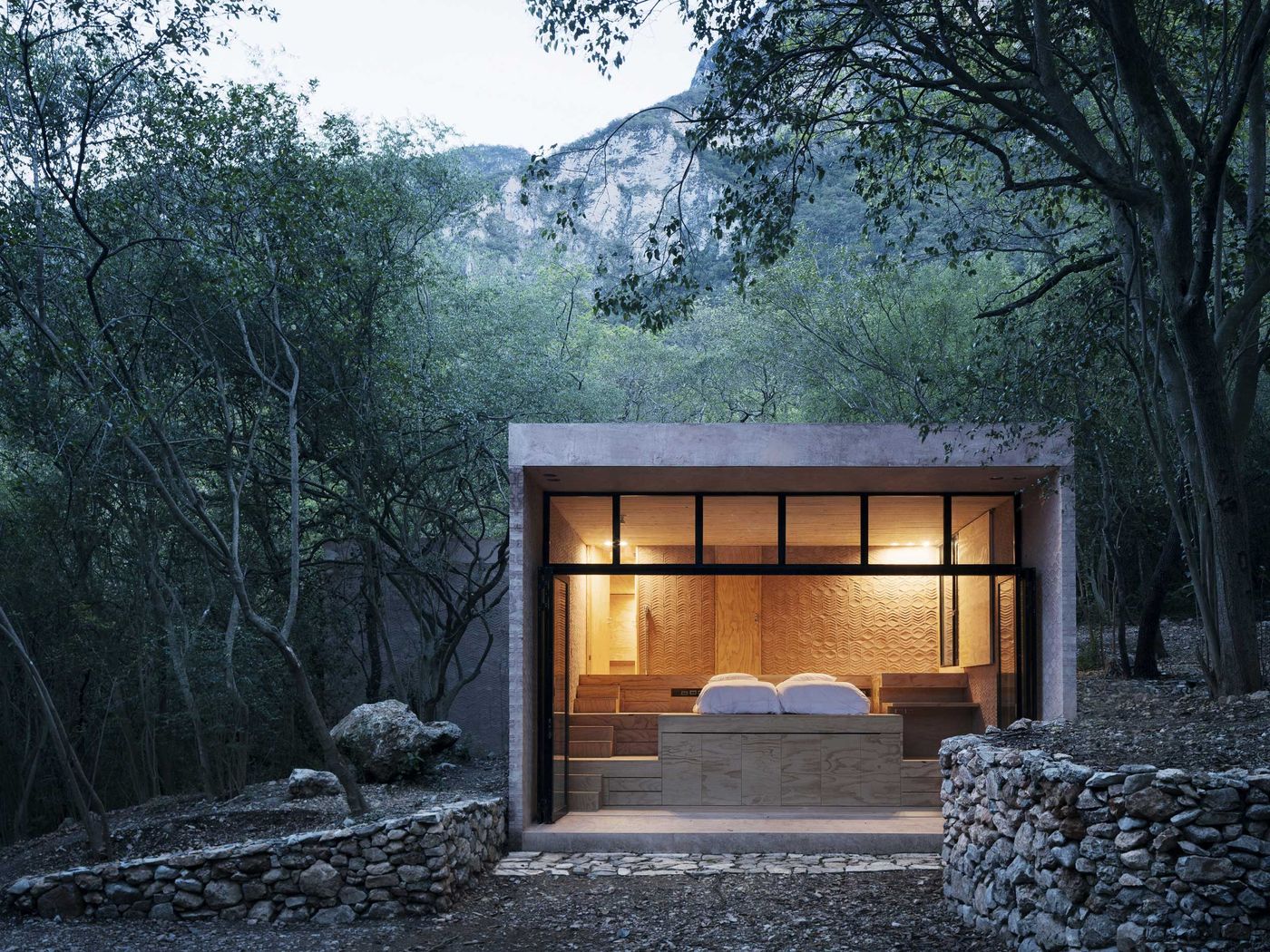
Photo by Rory Gardiner.
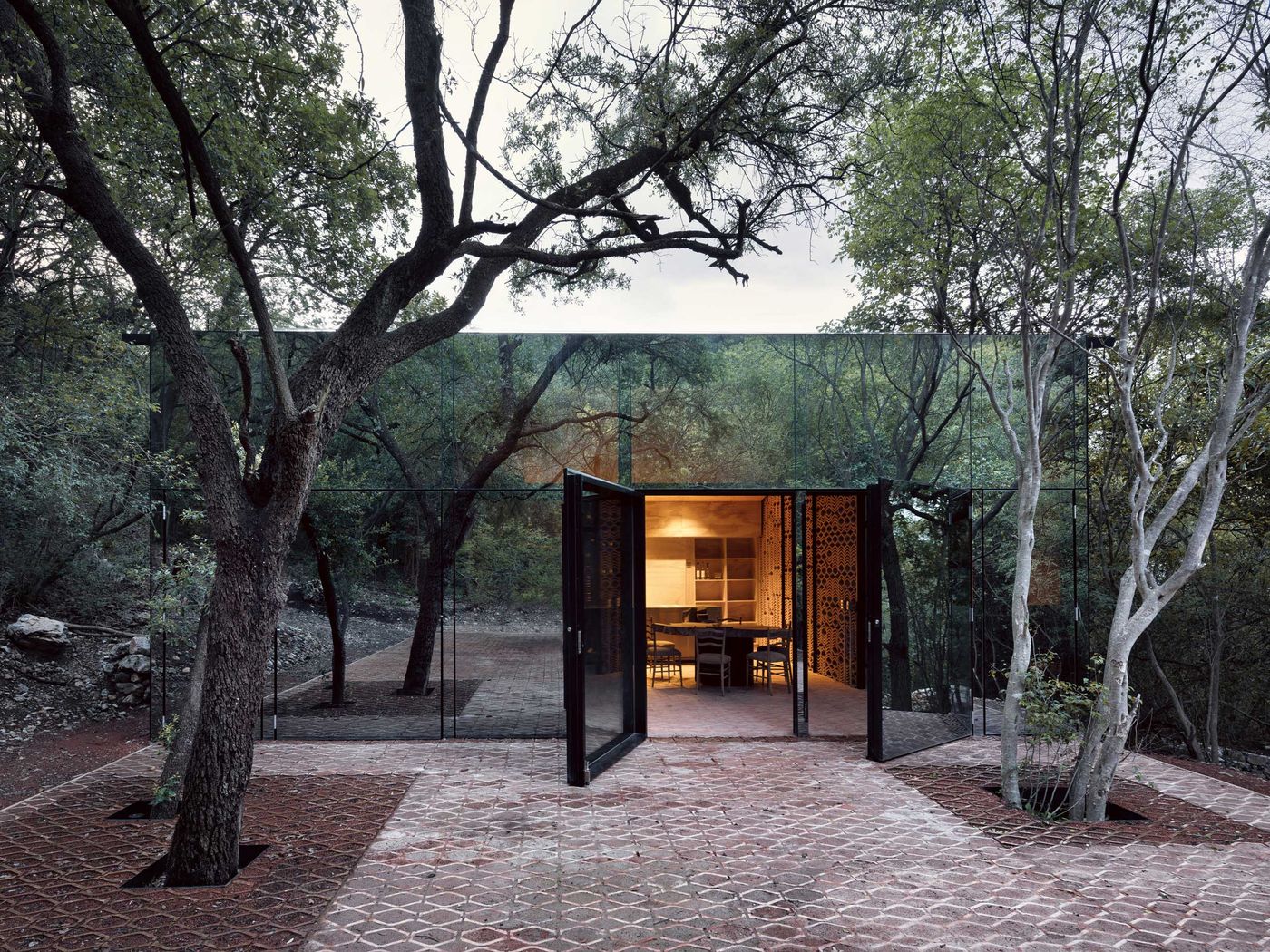
Photo by Rory Gardiner.
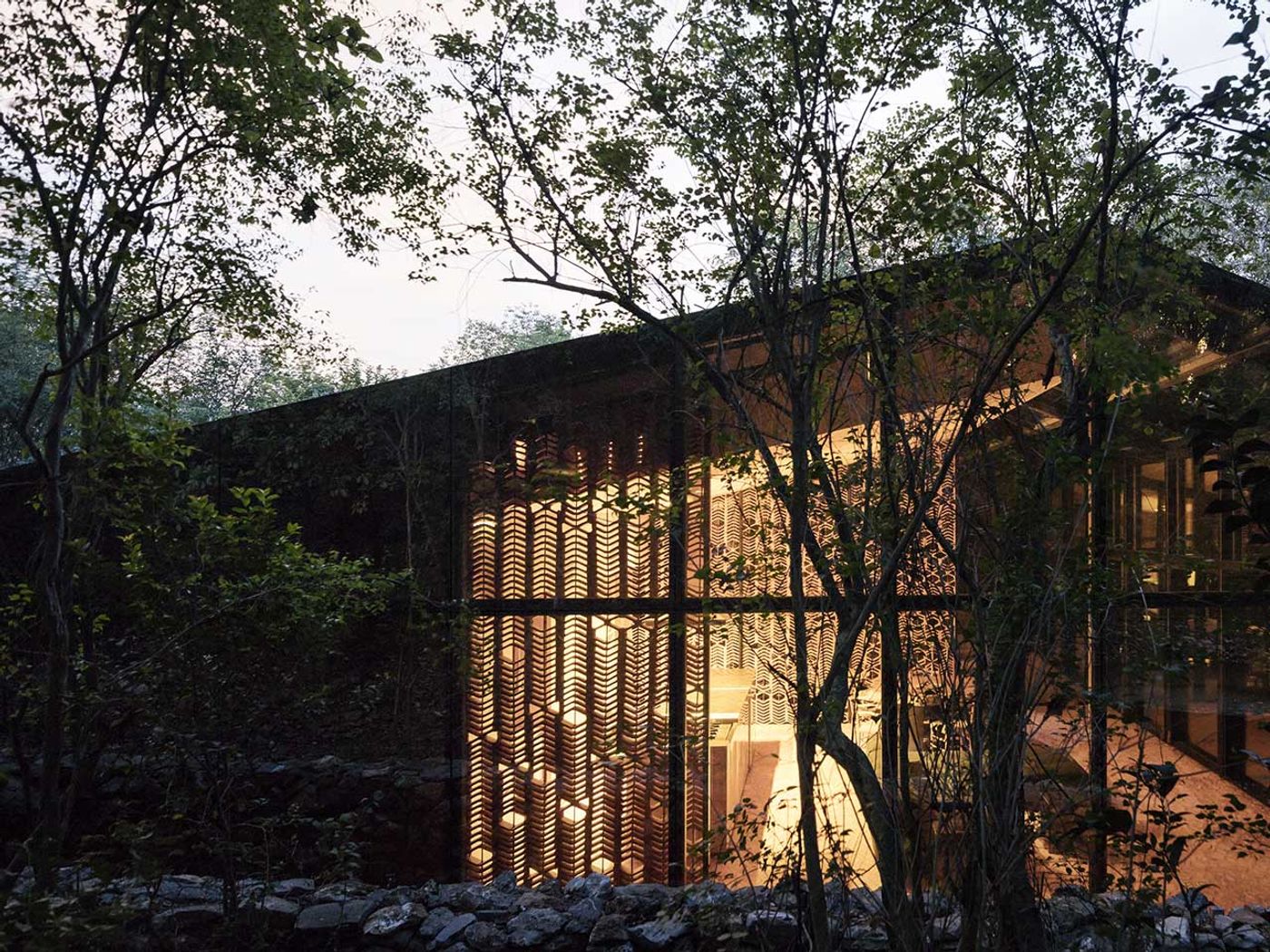
Photo by Rory Gardiner.
